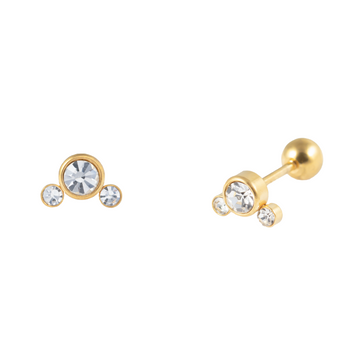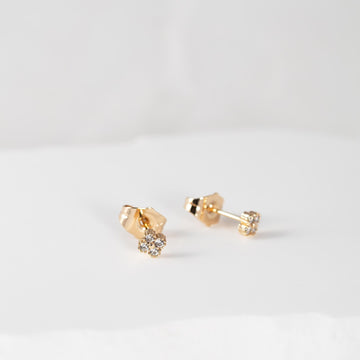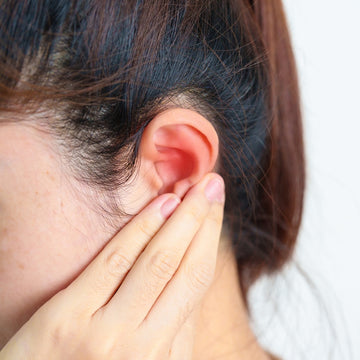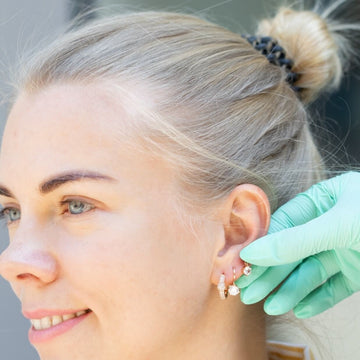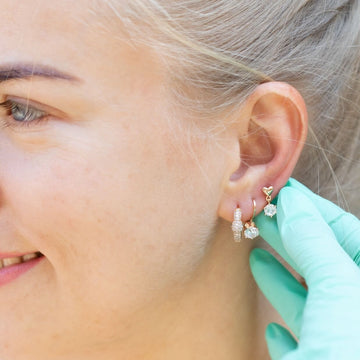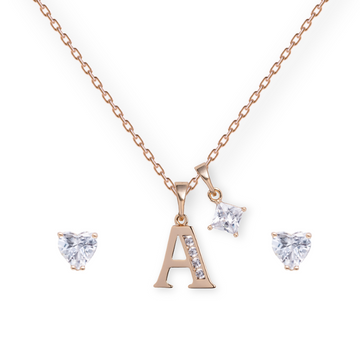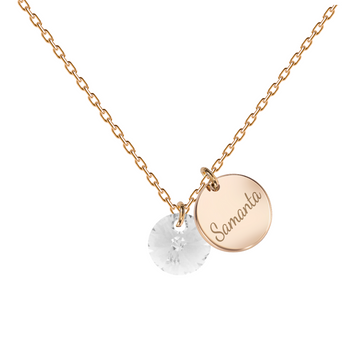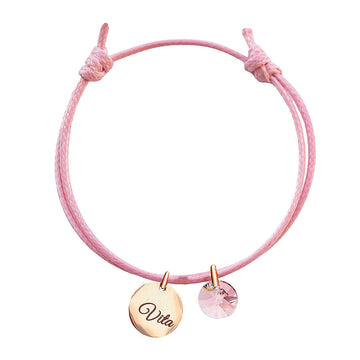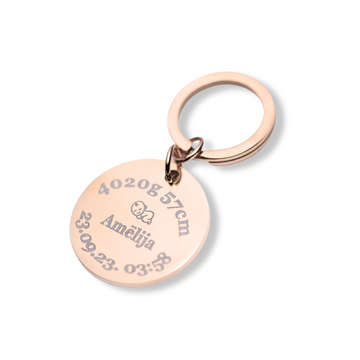Problems with piercings
If a piercing is done by a professional and cared for according to instructions, the risk of problems is quite low. What are the typical problems? Infection (inflammation) and allergic reaction. Problems can arise for various reasons, depending on the location of the piercing and its care.
The most important and simplest rule is to maintain good hand and nail hygiene. Touching a fresh wound, whether intentionally or accidentally, can lead to infection.
How often should a piercing be cleaned?
For a fresh piercing, twice a day is enough, morning and evening. Gently slide it back and forth, applying the aftercare solution. There's no need to rotate the piercing! Remember, over-cleaning and washing will slow down the healing process.
Swelling at the piercing site.
This is a normal reaction of the body in the first few days. To reduce swelling, we recommend using a saline compress.
Infection at the piercing site.
Infections are caused by microorganisms, such as bacteria, that get into the wound either during or after the piercing. According to statistics, 95% of infections occur after the piercing has been done, so special attention should be paid to hygiene during aftercare, and the piercing should not be touched with dirty hands.
When getting a piercing, both the jewelry and the needle and forceps must be sterile! If you have any doubts about this, it's best to choose a different salon.
Symptoms of infection:
- Redness;
- Pain;
- Swelling;
- Cremation.
What to do in case of infection?
If you remove the piercing, it will close up very quickly, trapping the infection inside. See your family doctor for advice on medication and treatment.
Piercing healing
Piercing healing can take from 1 to 12 months, depending on the location of the piercing and the aftercare.

